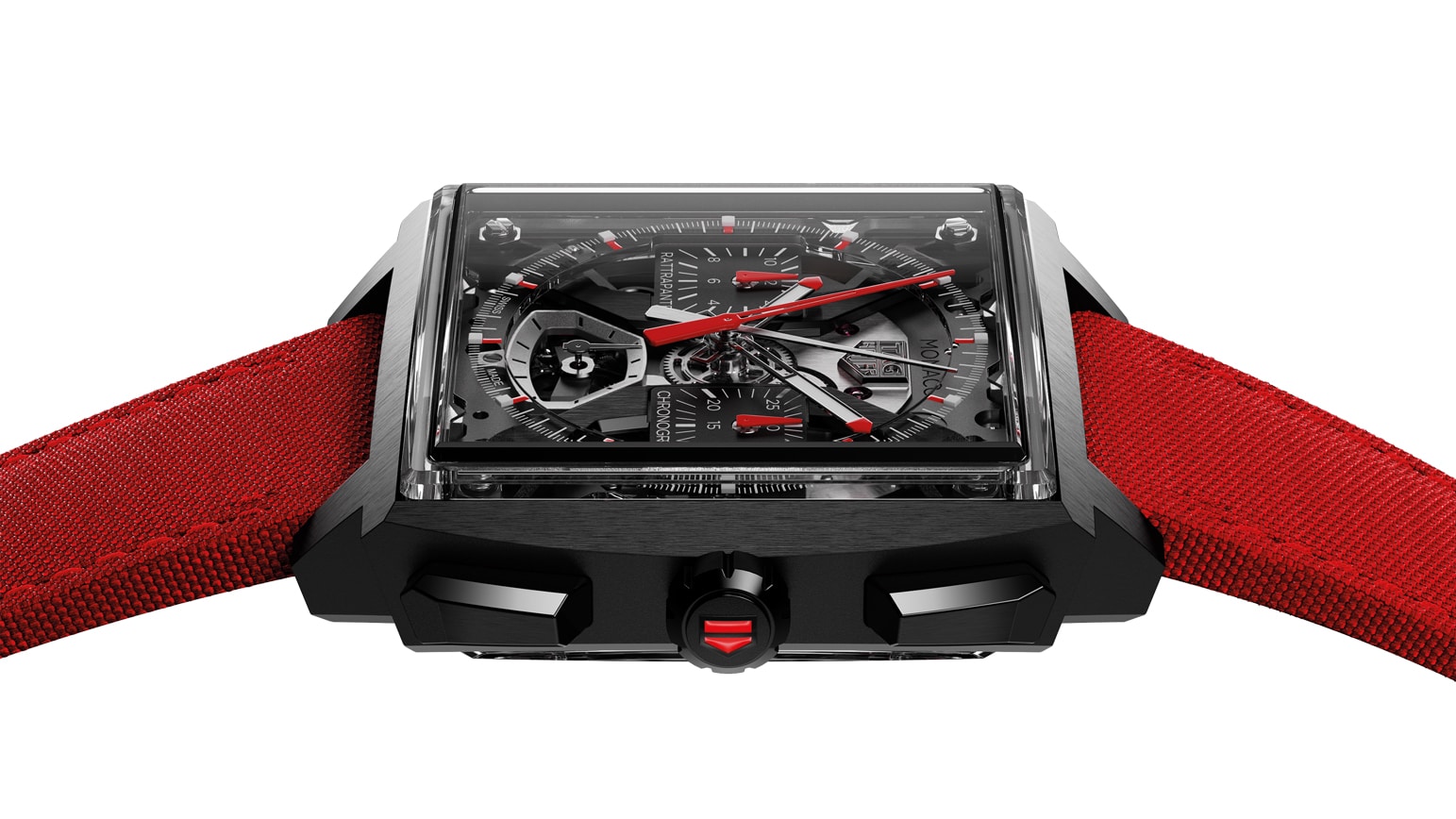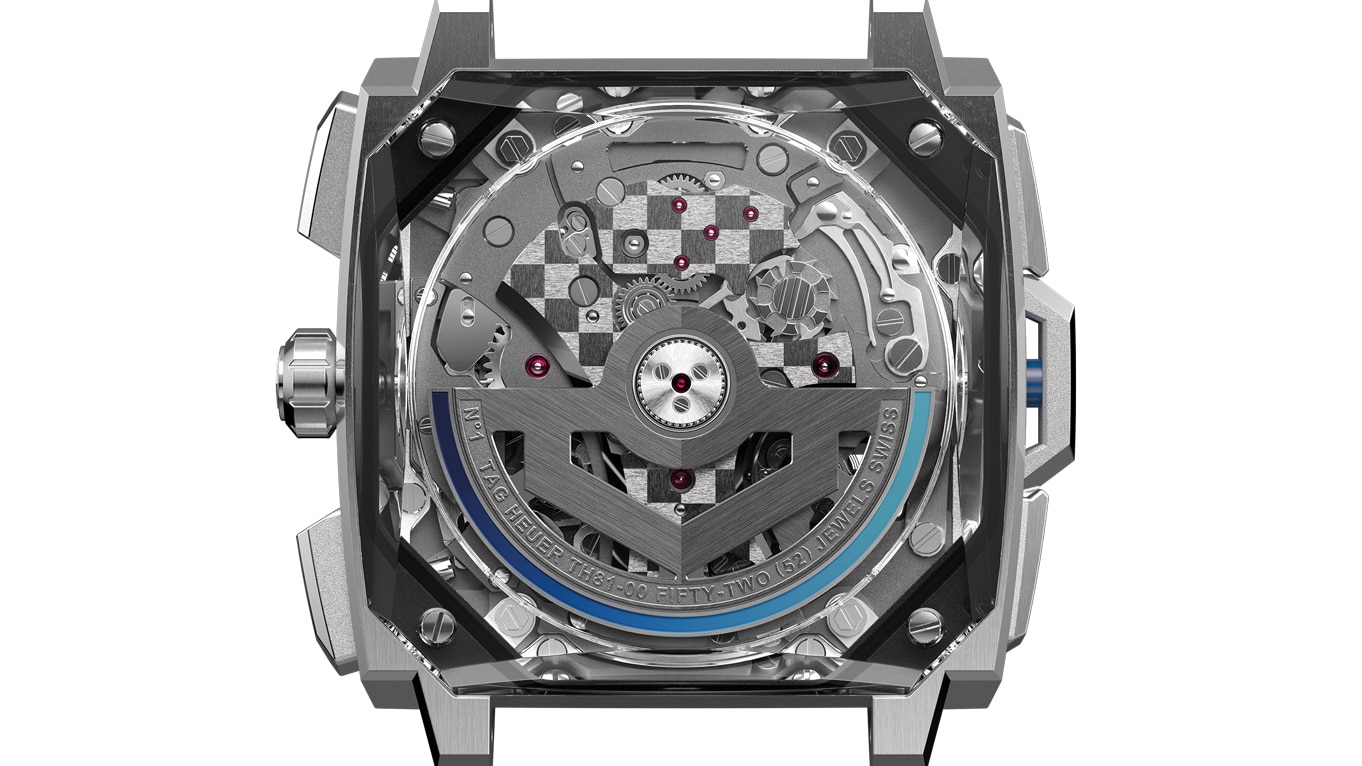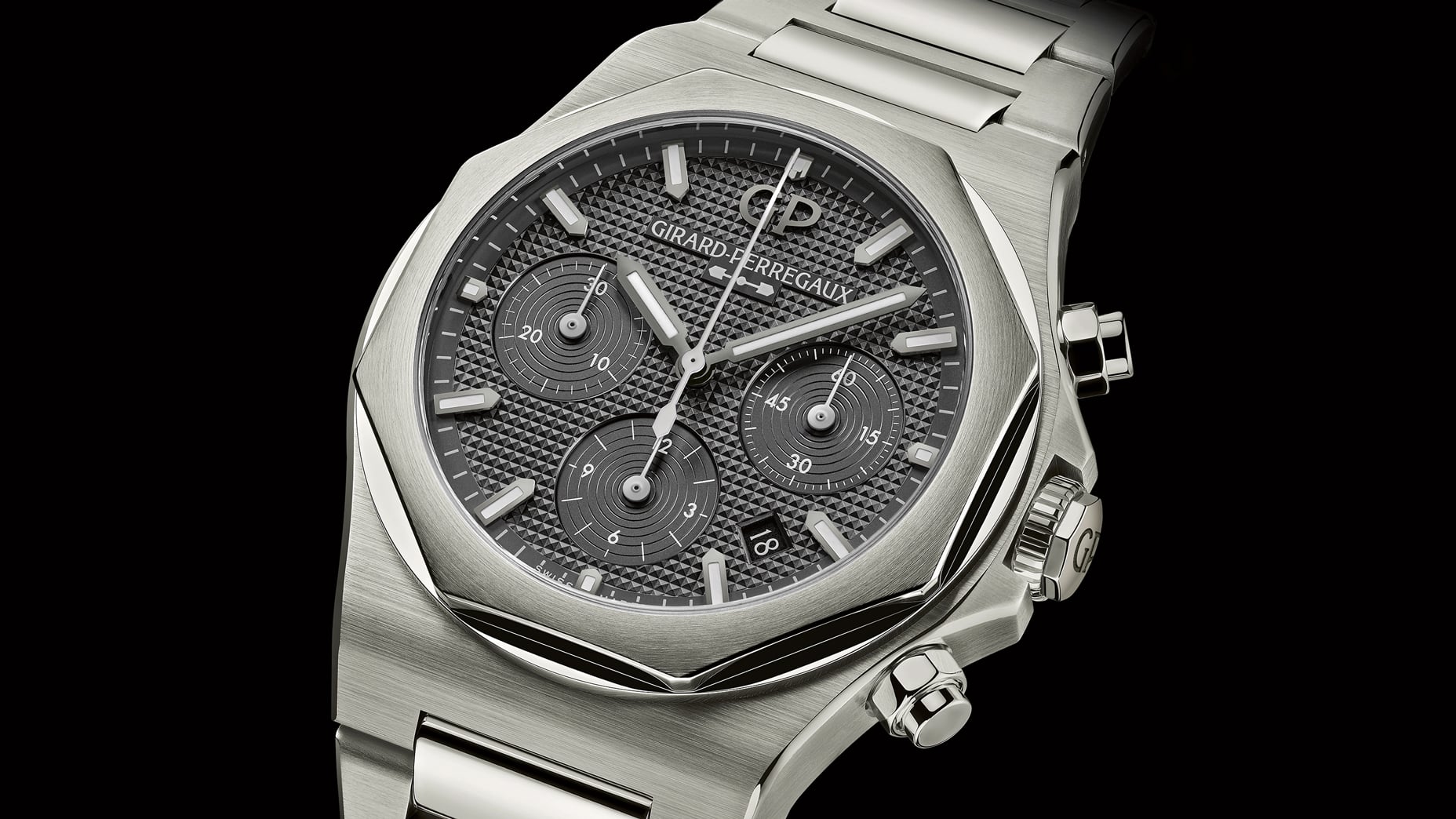New titanium TAG Heuer Monaco watch offers technical innovation in spectacular style
TAG Heuer’s Monaco, made famous by Steve McQueen in his racing film Le Mans, has undergone a titanium transformation

Colin Chapman would appreciate the weight of the new Monaco –a mere 30g
TAG Heuer
Jack Heuer (great-grandson of Heuer founder Edouard) was one the most innovative watch marketeers of the 20th century – not least in his ability to choose evocative names for new models. One of his best known is the Monaco, which launched in 1969 as the world’s first waterproof, square-cased chronograph.
Since Heuer was already linked with motor sport through chronographs such as the Carrera and Autavia, it made sense to name the new watch after the home of the world’s most glamorous street race. But there was more to it than that. Heuer also chose ‘Monaco’ for its associations with wealth and sophistication in the hope that it would attract buyers other than fans of cars and racing. He envisioned the watch on the wrists of architects, designers and similarly creative types who would be drawn to its bold, modern aesthetic.
What he can’t have expected is that after Hollywood idol Steve McQueen wore a blue dial Monaco for his starring role in the 1971 movie Le Mans, the watch would become one of the most celebrated driver’s chronographs of all time – and be inextricably linked with La Sarthe for evermore.
The original Monaco turned out to be a sales flop, leading to the model being kicked into touch in 1975 and remaining there for 23 years until TAG Heuer re-released it as a 5000-piece special edition. But it was only when the brand was acquired by luxury giant LVMH in 1999 that the Monaco truly rose to prominence thanks to a deal with McQueen’s estate to promote it using his image.
Since then numerous Monaco anniversary models, special editions and concept studies have been created – but only now has it been aimed at serious horophiles.
Despite having been synonymous with stopwatches for more than a century, TAG Heuer has never before created a wrist watch with a split seconds movement (i.e. one capable of measuring two elapsed times concurrently) – a situation the new Monaco Split-Seconds remedies in quite spectacular style.

Its six-figure price tag makes it the most expensive, series-produced TAG Heuer ever seen and is accounted for by the impressive level of technical innovation, finishing and materials that have gone into it.
Engineers scanned a 1969 model and then pared-down the design to create a new titanium case that emphasises the refinement the watch was always meant to embody. The base movement is made by high-end manufacturer Vaucher, but heavily customised to make it specific to TAG Heuer. Every plate and bridge is titanium, meaning the entire mechanism weighs just 30g.
The section visible through the domed sapphire crystal case back, left, is hand decorated with a chequered pattern using a method of scratch engraving called ‘gratte’ and catches the light in such a way that tilting the watch gives the impression of a fluttering flag.
Available with blue or red dial detailing with a calfskin strap, the watch will be made in an estimated run of just 40-50 pieces per year.
TAG Heuer Monaco Split-Seconds Chronograph, £145,000. tagheuer.com

Girard-Perregaux was owned by the rally navigator Luigi Macaluso – winner of the European Rally Championship in 1972 and the Italian Rally Championship in ’74. One of the most highly regarded figures in the watch industry, he acquired the once-ailing dial name in 1992, reviving it by introducing improved versions of historic models. Among those was the Laureato, which launched in 1975 as a quartz-powered chronometer. This new version features a case and bracelet made from grade five titanium.
Girard-Perregaux Laureato Chronograph Ti49, £16,500. girard-perregaux.com

The original Amida driver’s timepiece wowed the crowds when it was launched at the Basel watch show in 1976. Inspired by the futuristic shapes of concept cars such as the Lancia Stratos Zero and Ferrari Modulo, its wedge-shaped case enabled the time display to be seen without the wearer letting go of the steering wheel. Inside, a mechanical movement powered a pair or rotating discs showing hours and minutes. The design has now been revived and refined by a young Swiss trio, with watches available to pre-order in late May.
Amida Digitrend Take-Off Edition, £3000 (approx). amida-watches.com
Precision is written by renowned luxury goods specialist Simon de Burton
